The 1980s were a magical time when MTV could make you a star overnight, and radio stations weren’t afraid to take chances on quirky new sounds that would never make it past focus groups today. One week you’d never heard of someone, and the next week their song was everywhere—blasting from car radios, echoing through shopping malls, and becoming the soundtrack to your summer. But just as quickly as some of these artists climbed the charts, they seemed to vanish into the ether, leaving behind only memories and the occasional “whatever happened to” conversation.
1. Thomas Dolby – “She Blinded Me with Science” (1982)
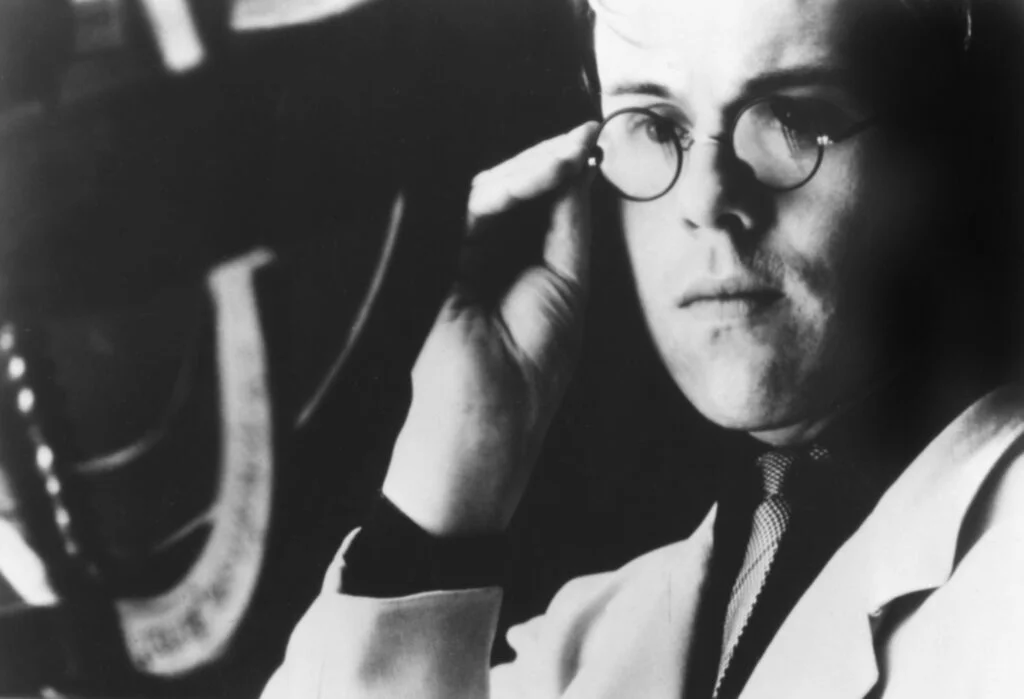
Thomas Dolby seemed like the perfect artist for the MTV generation, with his lab coat aesthetic, quirky synthesizers, and a song that felt like it was beamed in from the future. “She Blinded Me with Science” became an instant hit, perfectly capturing the era’s fascination with technology and new wave’s embrace of electronic instruments. The music video, featuring Dolby as a mad scientist surrounded by gadgets and beautiful assistants, was exactly what the newly launched MTV was looking for to fill their programming hours. Smithsonian Magazine still fondly remembers a lot about his unique career and way of blending music with technology in unprecedented ways.
Unfortunately, Dolby’s follow-up singles never quite captured the same lightning in a bottle, and his more experimental approach to music didn’t translate into consistent radio hits. The music industry was rapidly changing, and his cerebral, technology-focused image began to feel dated as the decade progressed toward more emotional, guitar-driven sounds. While he continued making music and even found success as a technology entrepreneur, mainstream audiences moved on to the next new wave sensation, leaving Dolby as a beloved one-hit wonder whose song still brings back memories of early MTV and the optimistic embrace of our digital future.
2. Toni Basil – “Mickey” (1982)
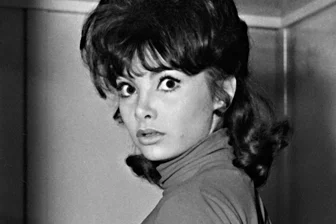
Toni Basil’s cheerleader anthem “Mickey” exploded onto the scene with an energy that was impossible to ignore, combining new wave sensibilities with an infectious cheer that had everyone spelling out the title. The song’s accompanying video, featuring Basil’s background as a choreographer and dancer, became one of MTV’s most memorable early hits. Her pom-poms, pleated skirt, and exuberant performance style created an image that was both nostalgic for high school days and perfectly suited to the visual medium of music television. VICE traces the trajectory of Basil’s career, which went how no one expected.
The problem was that “Mickey” was almost too perfect a moment—a lightning strike that captured a very specific time and feeling that couldn’t be replicated. Basil’s subsequent releases failed to match the song’s manic energy and mass appeal, and her cheerleader persona became more of a limitation than an asset as musical tastes evolved. The song’s novelty factor, which had been its greatest strength, became a barrier to being taken seriously as an artist, leaving Basil remembered primarily for that one explosive moment when she had the entire country chanting along.
3. Devo – “Whip It” (1980)
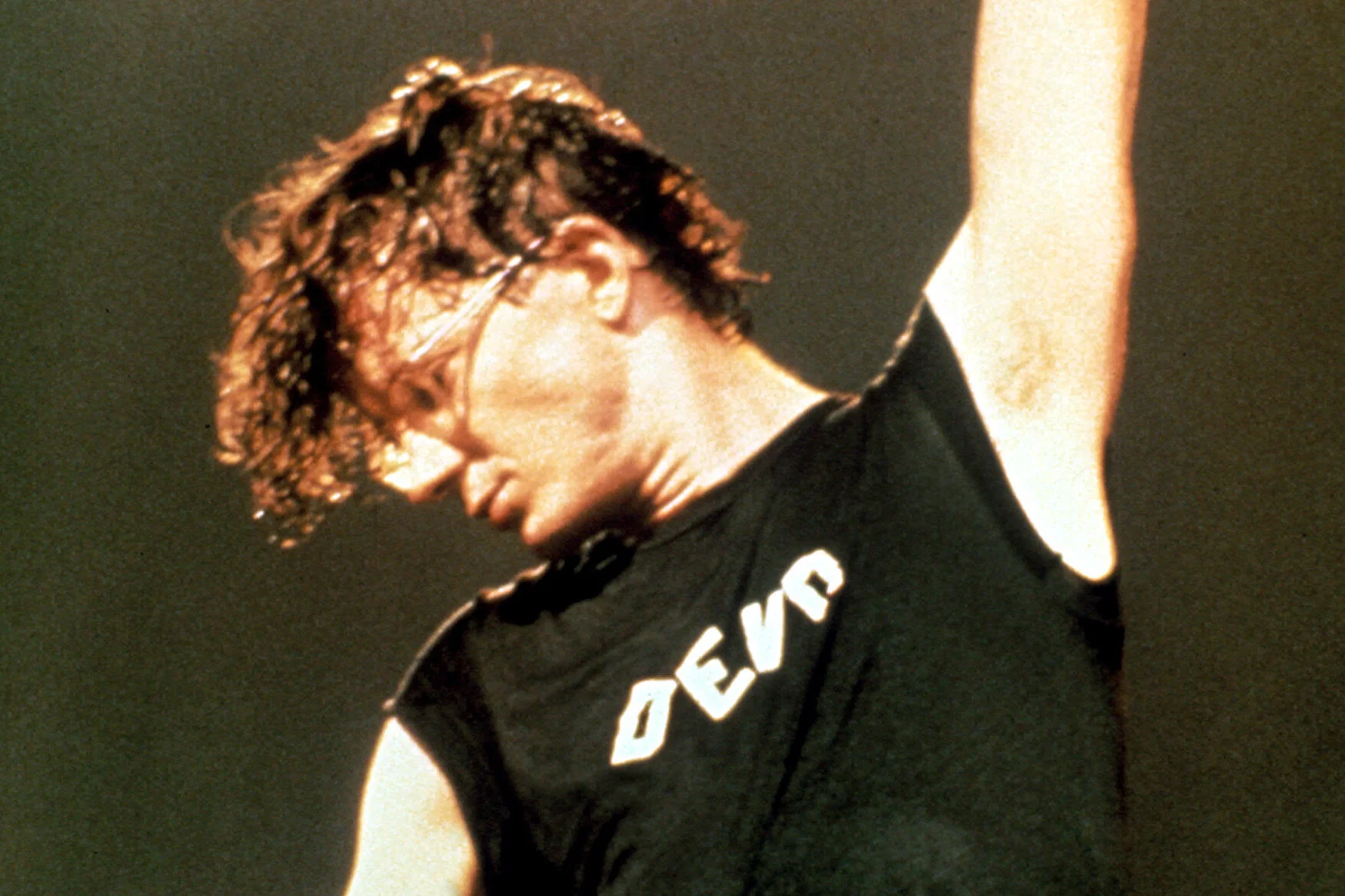
Devo’s breakthrough hit “Whip It” turned their art school concepts about human devolution into a surprisingly catchy pop song that dominated radio and MTV in the early ’80s. The band’s robotic stage personas, matching outfits, and signature red hats created a visual identity that was both futuristic and oddly timeless. Their message about conformity and societal regression was wrapped in such an infectious melody that most listeners didn’t realize they were dancing to a critique of modern civilization. TV Insider further shines a light on just how surreal things often got whenever Devo was involved.
While Devo continued releasing albums throughout the decade, they never again achieved the mainstream success that “Whip It” brought them, partly because their conceptual approach was too cerebral for sustained commercial appeal. The music industry began favoring more conventional rock and pop stars, and Devo’s satirical edge felt increasingly out of place as the decade moved toward more earnest, emotional music. Their influence on alternative rock and electronic music would prove lasting, but for most of the public, they remained frozen in time as the weird band with the flower pot hats who told everyone to whip it good.
4. Dead or Alive – “You Spin Me Round (Like a Record)” (1984)
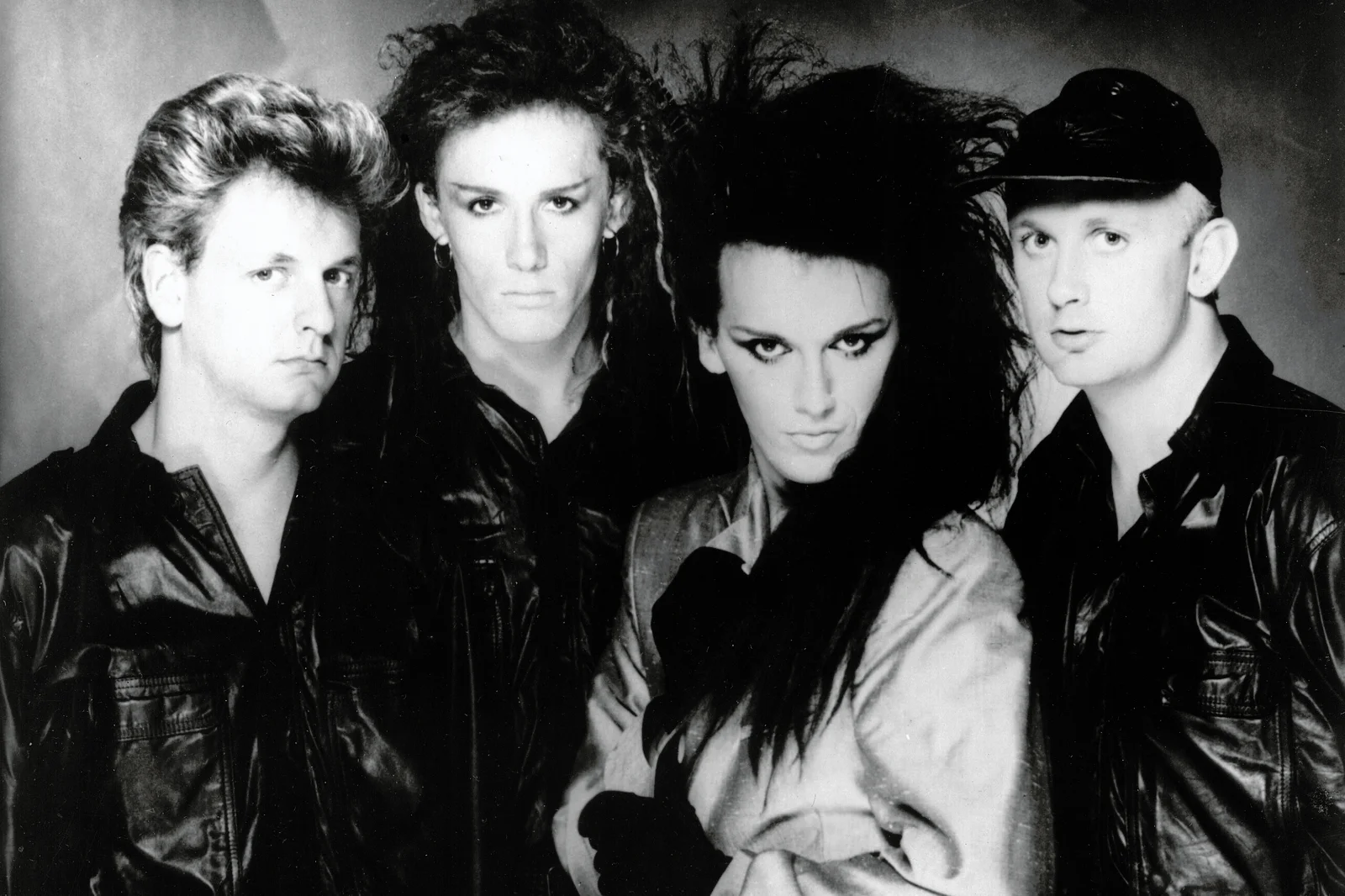
Pete Burns and Dead or Alive created one of the most distinctive sounds of the mid-’80s with their Hi-NRG dance anthem that perfectly captured the era’s obsession with unbeatable rhythms that got everyone dancing. Burns’ androgynous appearance and powerful vocals, combined with the song’s relentless electronic beat, made for compelling television and irresistible dance floor material. The track’s success seemed to promise a long career for a band that understood how to merge underground dance culture with mainstream pop sensibilities.
However, the music industry’s shift away from electronic dance music in the late ’80s left Dead or Alive stranded between genres, and Burns’ increasingly elaborate appearance became more of a talking point than his musical output. The band’s subsequent releases failed to match the infectious energy of their breakthrough hit, and changing musical tastes made their Hi-NRG sound feel dated rather than innovative. Burns’ tragic death in 2016 reminded many of the talent that had been lost to time, but for most, Dead or Alive remained forever associated with that one moment when they made the whole world spin round.
5. Kajagoogoo – “Too Shy” (1983)
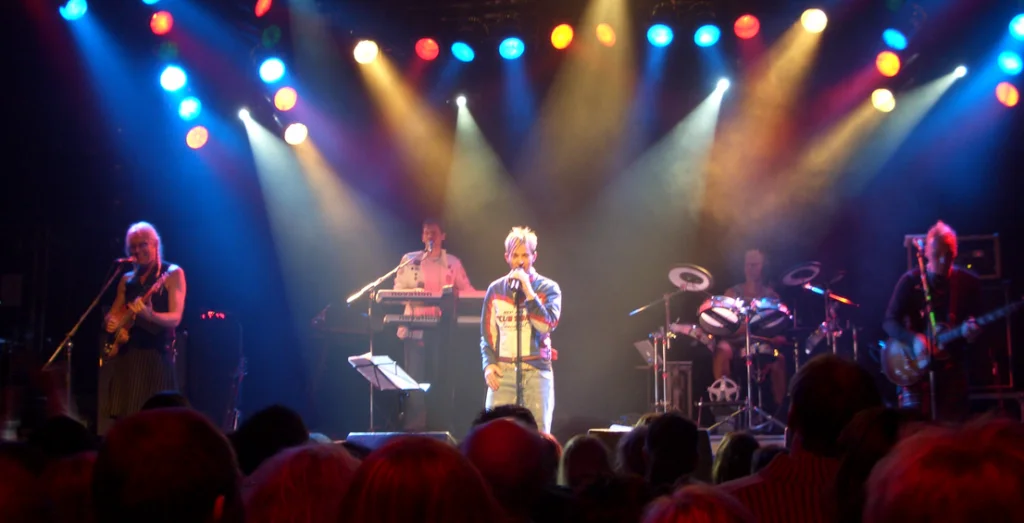
Kajagoogoo burst onto the scene with their new romantic styling and “Too Shy,” a song that perfectly embodied the early ’80s fascination with synthesizers, fashion, and romantic vulnerability. Lead singer Limahl’s distinctive voice and the band’s carefully crafted image made them instant MTV favorites, while their sound bridged the gap between new wave experimentation and accessible pop melodies. The song’s success across Europe and America suggested that Kajagoogoo had found the formula for sustained international success.
Unfortunately, internal tensions led to Limahl leaving the band just as their popularity peaked, fracturing their identity at the worst possible moment. The remaining members struggled to maintain their momentum without their charismatic frontman, while Limahl’s solo career, despite producing the theme to “The NeverEnding Story,” never quite recaptured the magic of those early Kajagoogoo days. The band became a cautionary tale about how quickly success could slip away in the fast-moving world of ’80s pop, leaving behind only memories of a time when being too shy to say you loved someone was the most relatable feeling in the world.
6. A Flock of Seagulls – “I Ran (So Far Away)” (1982)
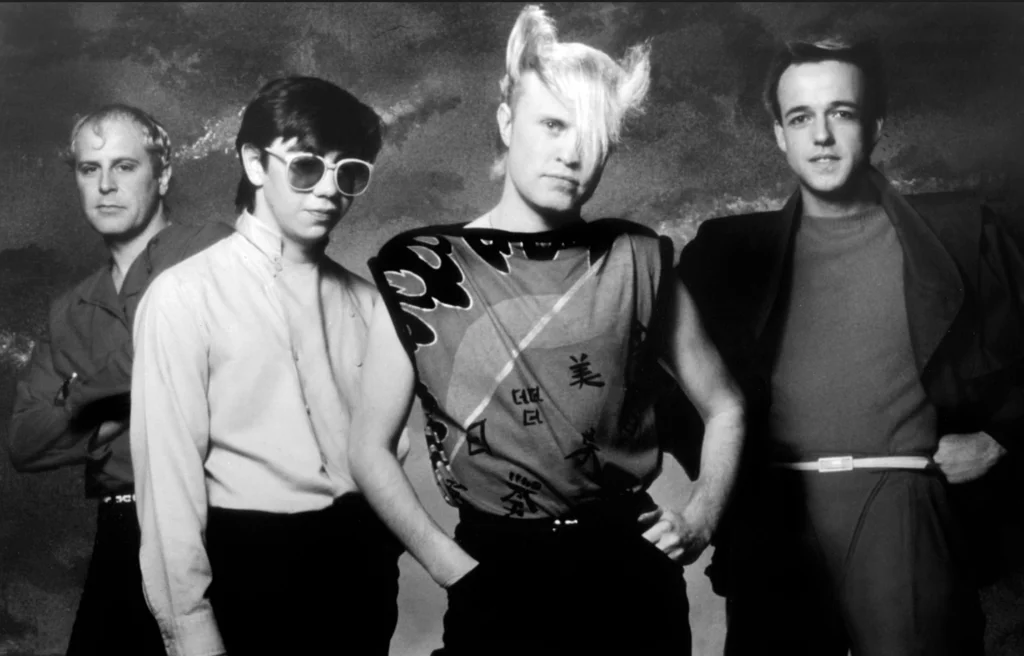
A Flock of Seagulls created one of the most distinctive sounds and looks of the early ’80s, with Mike Score’s gravity-defying hairstyle becoming as iconic as their synthesizer-driven anthem about escape and longing. “I Ran” perfectly captured the new wave movement’s blend of electronic innovation and emotional accessibility, while their space-age aesthetic suggested a band that was beaming in transmissions from the future. The song’s success on both radio and MTV made them poster children for the new decade’s embrace of technology and style.
The band’s subsequent releases failed to achieve the same level of commercial success, and their distinctive image became more of a burden than an asset as musical trends shifted toward more naturalistic presentations. Score’s famous hairstyle, once a symbol of new wave innovation, began to look like a relic of a very specific moment in pop culture history. While the band continued touring and recording, they became increasingly associated with ’80s nostalgia rather than contemporary music, their moment of cultural relevance preserved in amber like a time capsule from the early days of MTV.
7. Animotion – “Obsession” (1984)
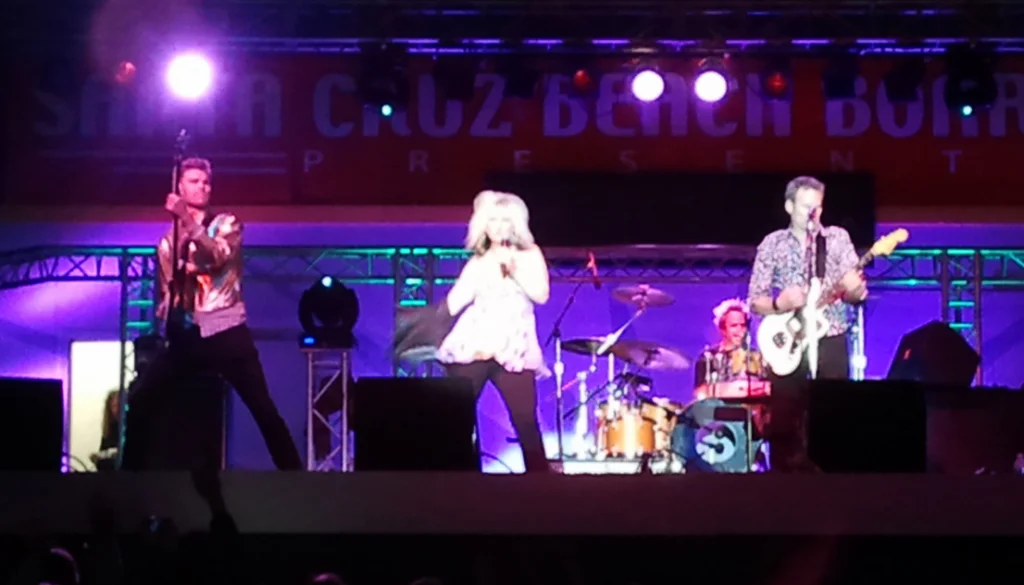
Animotion’s “Obsession” captured the darker side of ’80s pop romance, exploring themes of dangerous attraction with a driving beat that made psychological intensity feel like the perfect dance floor anthem. The song’s success represented a perfect storm of factors—a compelling hook, striking visuals, and a theme that resonated with audiences who were beginning to understand that love could be as destructive as it was intoxicating. Their polished sound and dramatic presentation seemed to position them perfectly for sustained success in the image-conscious ’80s music scene.
However, the band struggled to follow up their breakthrough hit with anything that captured the same combination of commercial appeal and emotional depth. The music industry’s increasing focus on individual star power rather than band identity left Animotion without a clear focal point for their image, while changing musical tastes began to favor more guitar-driven sounds over their electronic approach. They became another example of how difficult it was to sustain momentum in the rapidly changing landscape of ’80s popular music, remembered primarily for that one moment when they perfectly articulated the dangerous allure of romantic obsession.
8. The Vapors – “Turning Japanese” (1980)
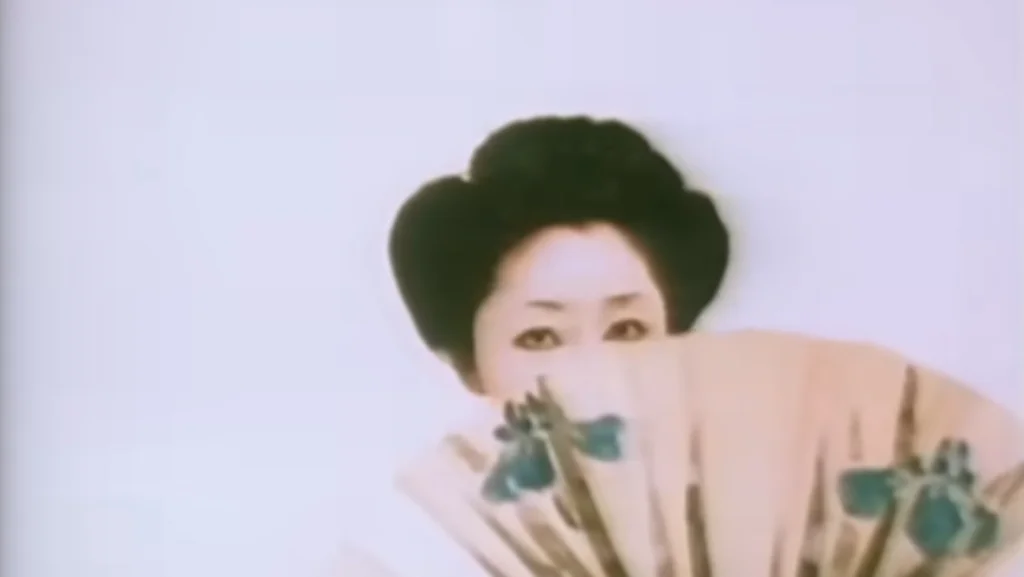
The Vapors’ quirky hit “Turning Japanese” became an unlikely anthem for cultural confusion and personal identity crisis, though most listeners were probably just singing along to its irresistibly catchy chorus. The song’s new wave energy and slightly mysterious lyrics made it a perfect fit for early MTV programming, while its offbeat humor set it apart from more serious new wave offerings. The band’s British charm and the song’s playful approach to cultural themes seemed to suggest they had found a unique niche in the increasingly crowded new wave marketplace.
Unfortunately, the band couldn’t replicate the song’s success, and changing musical tastes left their particular brand of quirky pop feeling increasingly out of step with the decade’s evolution toward more polished production and serious themes. The Vapors disbanded in 1981, just as “Turning Japanese” was reaching its peak popularity in America, leaving them as one of the decade’s most memorable one-hit wonders. The song’s enduring popularity as a novelty hit ensured that The Vapors would be remembered, but also trapped them in amber as representatives of early ’80s new wave’s more eccentric moments.
9. Soft Cell – “Tainted Love” (1981)
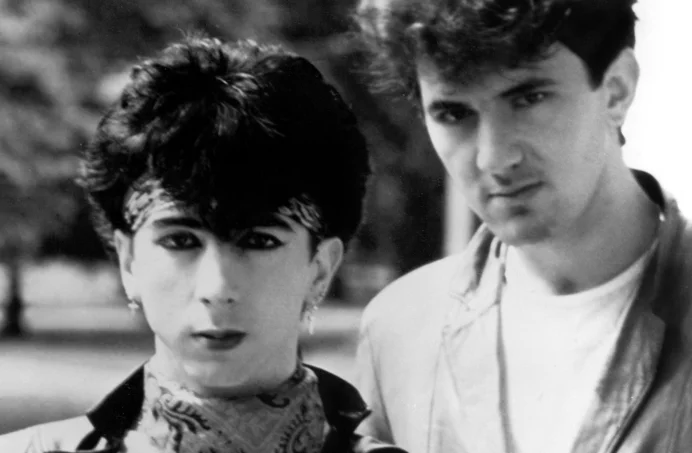
Soft Cell’s synth-pop reimagining of Gloria Jones’ Northern Soul classic “Tainted Love” became one of the most distinctive sounds of the early ’80s, with Marc Almond’s dramatic vocals and Dave Ball’s minimalist electronic arrangements creating something that felt both futuristic and timeless. The song’s exploration of toxic relationships resonated with audiences who were beginning to understand that love songs didn’t always have to be about happiness and fulfillment. Their success seemed to point toward a future where electronic music could carry serious emotional weight while remaining completely accessible to mainstream audiences.
The duo’s follow-up releases never quite achieved the same level of commercial impact, partly because “Tainted Love” had been such a perfect storm of factors—a great song, innovative arrangement, and perfect timing for the emerging MTV audience. Almond’s increasingly theatrical stage presence and the band’s experimental approach to electronic music began to feel too avant-garde for mainstream success as the decade progressed toward more conventional rock and pop sounds. While they continued working together and separately, Soft Cell remained primarily associated with that one transformative moment when they showed the world how electronic music could make you feel everything at once.
10. Nena – “99 Luftballons” (1983)

Nena’s anti-war anthem “99 Luftballons” became an unlikely international hit, proving that language barriers couldn’t stop a great song from reaching audiences around the world. The German singer’s powerful vocals and the song’s driving beat masked a serious message about nuclear paranoia and Cold War tensions beneath its seemingly playful surface. The English version, “99 Red Balloons,” brought Nena to American audiences who were hungry for something that felt both exotic and familiar, perfectly capturing the early ’80s fascination with European new wave.
However, Nena’s subsequent releases failed to achieve the same crossover success, partly because the specific combination of political urgency and pop accessibility that had made “99 Luftballons” so compelling was difficult to replicate. The song’s success had been tied to a very particular moment in Cold War history, and as those tensions began to ease, its message felt less immediate and relevant. While Nena continued to be successful in Germany and Europe, American audiences moved on to other interests, leaving her remembered primarily for that one moment when she made the whole world think about the absurdity of nuclear war through the metaphor of children’s party balloons.
11. Laura Branigan – “Gloria” (1982)

Laura Branigan’s powerhouse vocals and dramatic presentation of “Gloria” made her an instant star, with the song’s Italian origins and passionate delivery perfectly matching the early ’80s appetite for emotional intensity and international flavor. Her performance style, which combined Broadway-level theatricality with rock and roll energy, seemed perfectly suited to the MTV era’s demand for visual spectacle. The song’s success suggested that Branigan had found the perfect formula for sustained stardom in an era that rewarded both vocal talent and dramatic presentation.
Unfortunately, the music industry’s shift toward more guitar-driven sounds and less theatrical presentations left Branigan’s style feeling increasingly out of step with changing tastes. Her subsequent hits, while successful, never quite matched the cultural impact of “Gloria,” and the rise of alternative rock in the late ’80s made her brand of dramatic pop feel dated rather than timeless. Branigan’s early death in 2004 reminded many of the vocal talent that had been lost, but for most audiences, she remained forever associated with that one moment when she made an Italian disco song into an American anthem.
12. The Human League – “Don’t You (Forget About Me)”

Wait, that was Simple Minds! The Human League’s biggest hit was actually “Don’t You Want Me” (1981), which showcased their transformation from experimental electronic pioneers into polished pop stars. Phil Oakey’s distinctive vocals and the band’s sleek production created a sound that perfectly captured the early ’80s fascination with both technology and romance, while their striking visual presentation made them natural MTV stars. The song’s success seemed to validate the idea that electronic music could be both innovative and massively popular, opening doors for countless synth-pop acts that would follow.
However, the band’s subsequent releases struggled to match the perfect balance of accessibility and innovation that had made “Don’t You Want Me” such a phenomenon. The music industry’s evolution toward more guitar-driven sounds left The Human League’s electronic approach feeling less cutting-edge and more like a relic of a very specific moment in pop history. While they continued recording and touring, they became increasingly associated with early ’80s nostalgia rather than contemporary music, their legacy defined by that one perfect moment when they convinced the world that robots could have feelings too.
These twelve artists remind us that the ’80s were a time when the music industry moved at lightning speed, and staying relevant required more than just one great song—it demanded the ability to evolve with rapidly changing tastes while maintaining the spark that had made you special in the first place. Their brief moments in the spotlight created some of the decade’s most memorable music, even if those moments proved impossible to sustain. They serve as both inspiration and cautionary tale, showing us that sometimes the most beautiful thing about a shooting star is not how long it lasts, but how brightly it burns while we’re watching.


